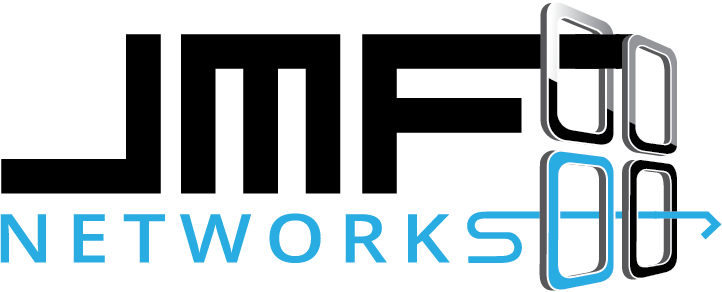Overcoming the Fears of Migrating
Your Business to the Cloud
In today’s rapidly evolving digital landscape, businesses are increasingly recognizing the benefits of cloud migration. However, despite the numerous advantages, many companies remain hesitant to make the transition. According to recent findings by JMF Networks, only 20% of businesses have embraced the cloud. In this blog, we will explore the common fears associated with migrating a business to the cloud and how JMF Networks addresses them through unique solutions tailored to the specific needs of each client.
Fear 1: Unique Workloads
One of the primary fears that hold companies back from embracing the cloud is the concern that their unique workloads and requirements will not be adequately met by mainstream cloud service providers like Google, Amazon, or Microsoft. These providers offer standardized solutions that might not be flexible enough to accommodate the intricacies of individual business operations.
Solution: Tailored Solutions with Advanced Engineering Expertise
At JMF Networks, we understand that every business is unique, and a one-size-fits-all approach is not sufficient. We offer our clients direct access to our team of advanced engineers, who collaborate closely with each client to design tailored cloud solutions that precisely match their specific workloads and requirements. By understanding your business at its core, we ensure that the cloud migration is seamless, efficient, and fully optimized to deliver maximum performance.
Fear 2: Multiple Clouds and Vendors
Another common fear that arises during cloud migration is the complexity of dealing with multiple cloud providers and ensuring smooth integration across different platforms. Businesses worry about the challenges of managing data, applications, and workloads dispersed across various clouds.
Solution: Seamless Multi-Cloud Connectivity and Integration
JMF Networks takes pride in being well-equipped to address this fear effectively. We have already established a seamless multi-cloud connectivity infrastructure, allowing us to facilitate direct, secure, and reliable integration between all major cloud providers. This way, our clients can enjoy the benefits of various cloud offerings without the headache of managing multiple vendors independently. Our centralized management approach ensures streamlined operations across the entire cloud ecosystem.
Fear 3: Lack of Skills
The fear of lacking the necessary expertise and skills to manage and optimize cloud resources is a genuine concern for many businesses. Migrating to the cloud requires specialized knowledge in various areas, such as networking, virtualization, security, and strategic scalability.
Solution: Expertise in Key Areas and Strategic Thinking
At JMF Networks, we have a team of specialized engineers with extensive experience in Enterprise & Carrier Networking, Linux & Windows Servers, Vmware & Openstack virtualization, Security, Enpoint protection, and overall cloud operations. This broad skill set allows us to handle the intricacies of cloud migration with confidence and competence. Additionally, our team possesses the ability to think strategically about scalability, ensuring that your cloud infrastructure grows with your business and remains optimized for future needs.
Conclusion
Migrating your business to the cloud is a significant step towards embracing the future of technology and unlocking its full potential. While fears surrounding unique workloads, multiple clouds, and the lack of skills are understandable, partnering with a trusted cloud service provider like JMF Networks can help alleviate these concerns.
Our commitment to crafting tailored solutions, providing seamless multi-cloud connectivity, and leveraging specialized expertise ensures that your cloud migration journey is smooth, secure, and optimized for success. Embrace the cloud with confidence and take your business to new heights with JMF Networks at your side.
Contact us today and embark on a transformative cloud migration journey!
The following article was written based on information from this IBM article.

